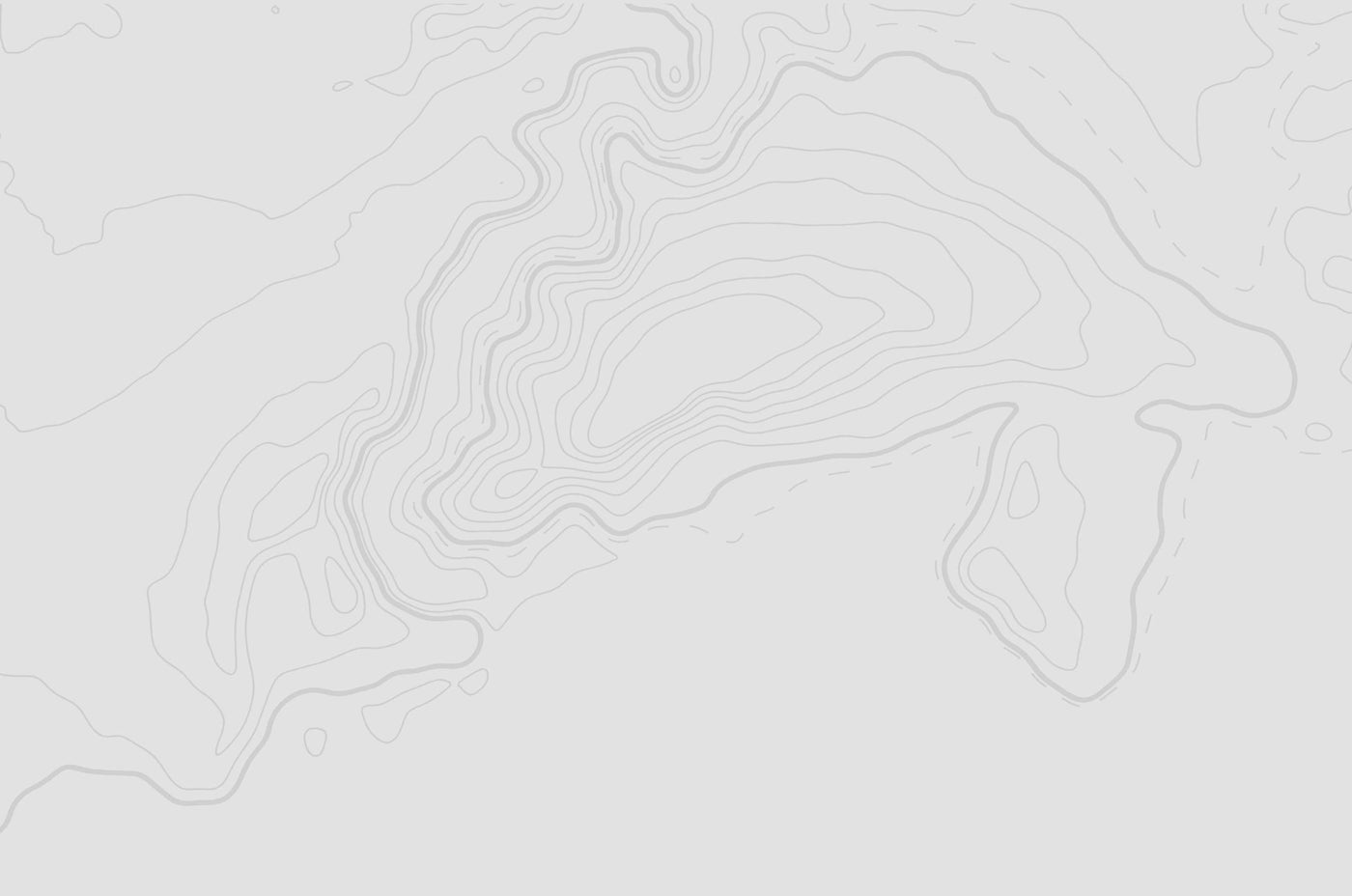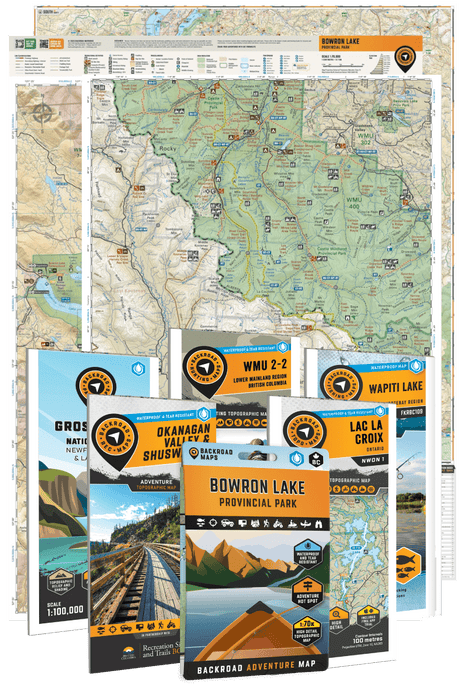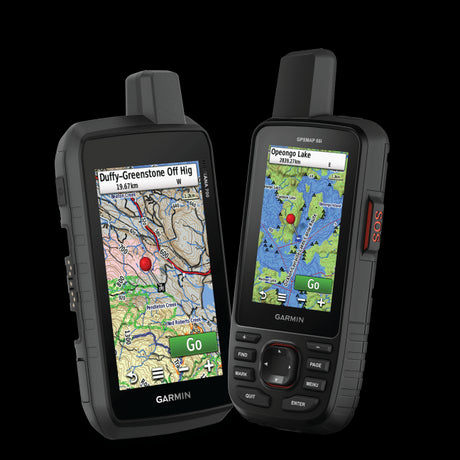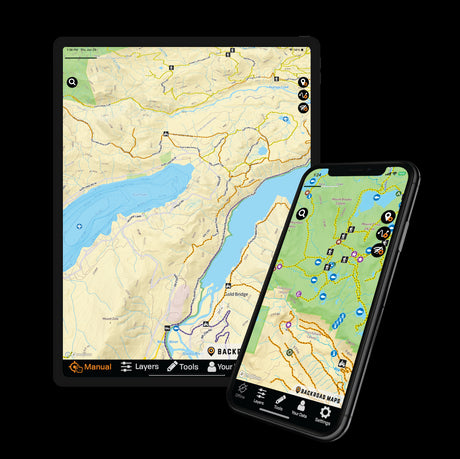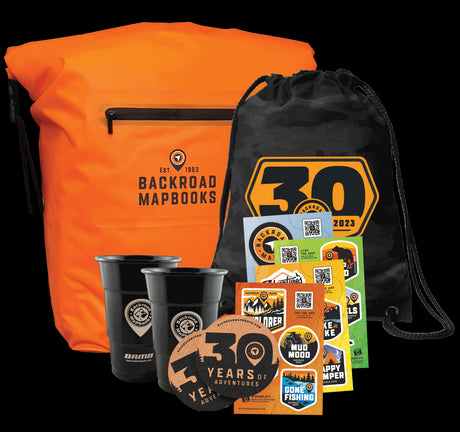The weather is warming up, trout fishing is well underway, and the summer salmon season is just around the corner. From world-class salmon and steelhead bearing rivers and excellent ocean fishing opportunities to lakes teaming with a variety of trout and other species, Vancouver Island draws anglers from all over the province and beyond in the hopes of landing a lunker. The fishing season is something that anglers from Vancouver Island and across Canada look forward to every year, and it is extremely important to practice responsible and sustainable fishing practices so that fishing can be enjoyed by everyone for many years to come.
Vancouver Island is a land of diverse landscapes, from forested mountain peaks to rugged beaches that meet the waters of the Pacific Ocean. With this diverse landscape comes a variety of fish species, wildlife, and aquatic plants, each of which must be protected from invasive species and human negligence. When you purchase a fishing license, it becomes your responsibility to protect the species you are fishing for, and the environment that you are fishing in.
Below, we highlight some of the most important fishing regulations and tips on how to fish responsibly and sustainably. For a detailed list of the best fishing hot spots across Vancouver Island, along with fish species, access, tips and tricks, regulations, and much more, be sure to check out the brand-new 10th Edition of the Vancouver Island Backroad Mapbook.
Respect Regulations
Fishing regulations are in place for a reason. Not only do regulations protect our native fish species and their spawning patterns, but they keep lakes, rivers, and ocean zones from being overfished, in the hopes that Vancouver Island will remain a prosperous fishery in the many years to come.
On Vancouver Island, fishing regulations generally include daily and annual quotas for catch limits, minimum and maximum retention sizes, single/barbless hooks, and seasonal and annual closures. Current fishing regulations for freshwater angling can be found by searching BC Freshwater Fishing Regulations Region 1 (Vancouver Island) online, and saltwater regulations can be found at www.pac.dfo-mpo.gc.ca. Regulations are constantly being updated and changed, so be sure to check for the most current regulations before heading out. For detailed descriptions of fishing hot spots across Vancouver Island including pertinent rules and regulations, be sure to check out the 10th Edition Vancouver Island Backroad Mapbook.

Be Aware of Endangered and Threatened Fish Species
A land of diverse wildlife, Vancouver Island’s rivers, streams, lakes, estuaries, and oceans are the home to many protected, endangered, threatened, or fragile species of fish. These species, which include bull trout, dolly varden, green and white sturgeon, rainbow trout, westslope cutthroat trout, and yelloweye rockfish, can still be fished for in certain regions with restrictions which include the use of single barbless hooks and catch-and-release fishing only.
Before fishing in rivers, lakes, or sections of ocean across Vancouver Island, it is important to check the regulations and abide to these rules that are put in place to protect threatened and endangered fish species. When fishing for these species, or in the waters that hold these species, be sure to only use circle hooks, barbless hooks, or hooks with crimped barbs, tackle strong enough to quickly land the fish you’re targeting, a wet, soft knotless mesh or rubber landing net, and release tools such as a dehooker. These catch-and-release practices will allow you to release the fish back into the water with as little as possible stress and harm caused to the fish.
Never fight a fish to exhaustion, dehook the fish in the water whenever possible, handle the fish as little as possible and only with wet hands, avoid touching the fish’s eyes and gills, and never suspend a fish by its lip or mouth.

Clean, Drain, Dry & Leave No Trace Behind
A movement set forth by the Canadian Council of Invasive Species to protect our aquatic ecosystems and species, Clean, Drain, Dry is a simple and self-explanatory process that is easy to adhere to. Invasive plants, animals, and diseases can spread through water-based recreation when they cling to our watercrafts and gear. The issue of invasive plants and species has risen at an alarming rate over the past few years, and with ever-changing extreme temperatures, it is likely to remain an issue in the years to come.
CLEAN: Inspect and clean aquatic plants, animals/insects, and mud from watercraft, trailer, fishing gear, waders, boots, etc.
DRAIN: Drain all water from your watercraft, trailer, buckets, well, bilge, and ballast.
DRY: Dry all parts of your watercraft, trailer, and gear completely between trips.
Be sure to keep the environment in mind while you are fishing. Don’t discard pieces of fishing line or wrecked lures off your boat or into rivers and be sure to pack out any and all garbage before you leave a fishing spot. Together, we can protect our rivers, lakes, and ocean, and ensure that fishing spots remain open and prosperous in the years to come.

Now that you know the basics of ethical, sustainable, and responsible fishing, it is time to get out to your favourite fishing hole on Vancouver Island. To get you started, be sure to pick up a copy of the brand-new 10th Edition Vancouver Island Backroad Mapbook, which is available in both print and digital formats. For fishing information right at your fingertips, download the Backroad Maps App or Web Map, which can be downloaded straight to your smartphone, tablet, or computer. And, be sure to tag us on social media at @backroadmaps or #BRMBLIFE on all your favourite Vancouver Island fishing adventures.

